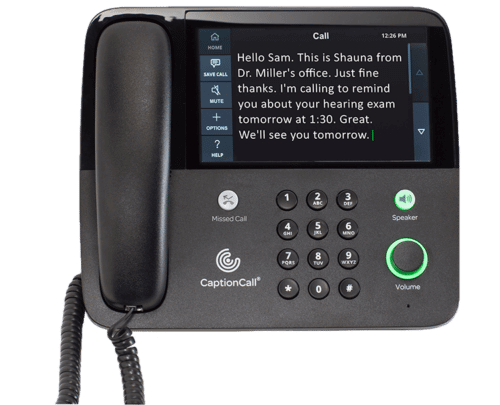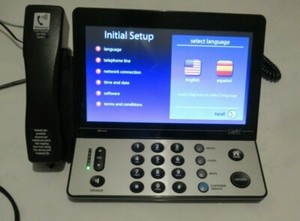

When does someone with a hearing condition have a disability within the meaning of the ADA?Īccording to the ADA, the definition of “disability” is interpreted broadly in favor of expansive coverage. In reality, with or without reasonable accommodation, individuals with hearing conditions can be effective and safe workers.ġ. Some employers assume incorrectly that workers with hearing conditions will cause safety hazards, increase employment costs, or have difficulty communicating in fast-paced environments. Individuals who are deaf, hard of hearing, or have other hearing conditions can perform successfully on the job and, under the ADA, should not be denied opportunities because of stereotypical assumptions about those conditions. For example, some individuals who develop a hearing condition later in life may not use American Sign Language (ASL) or other common communication methods used by some with hearing conditions or may not use them as proficiently as some individuals who are deaf or hard of hearing at birth or from a very young age. These circumstances can affect the way such individuals experience sound, communicate with others, and view their hearing conditions. There are many different circumstances that may contribute to individuals becoming deaf, hard of hearing, or experiencing other hearing conditions (including childhood illnesses, pregnancy-related illnesses, injury, heredity, age, and excessive or prolonged exposure to noise). People with a variety of hearing conditions (including deafness, being hard of hearing, experiencing ringing in the ears, or having sensitivity to noise) may have ADA disabilities. General Information about Hearing ConditionsĪpproximately 15 percent of American adults report some trouble hearing. Some of these state laws may apply to smaller employers and may provide protections in addition to those available under the ADA. In addition, most states have their own laws prohibiting employment discrimination on the basis of disability. Section 501 of the Rehabilitation Act provides similar protections related to federal employment.

Title I of the ADA covers employment by private employers with 15 or more employees as well as state and local government employers. This document uses ADA statutory terminology for its legal meaning and to refer inclusively to individuals who are deaf or hard of hearing, as well as those who have other hearing conditions, such as tinnitus and sensitivity to noise.

,” have a record (or history) of a substantially limiting impairment, or are regarded as having such an impairment. The ADA provides that individuals with disabilities include those who have “a physical or mental impairment that substantially limits one or more major life activities. Equal Employment Opportunity Commission (EEOC) enforces the employment provisions of the ADA, a federal law that prohibits discrimination against qualified individuals with disabilities.
#CAPTION PHONE HARD OF HEARING 2016 CALIFORNIA SERIES#
This document, which is one of a series of question-and-answer documents addressing particular disabilities in the workplace, explains how the Americans with Disabilities Act (ADA) applies to job applicants and employees with hearing disabilities.


 0 kommentar(er)
0 kommentar(er)
